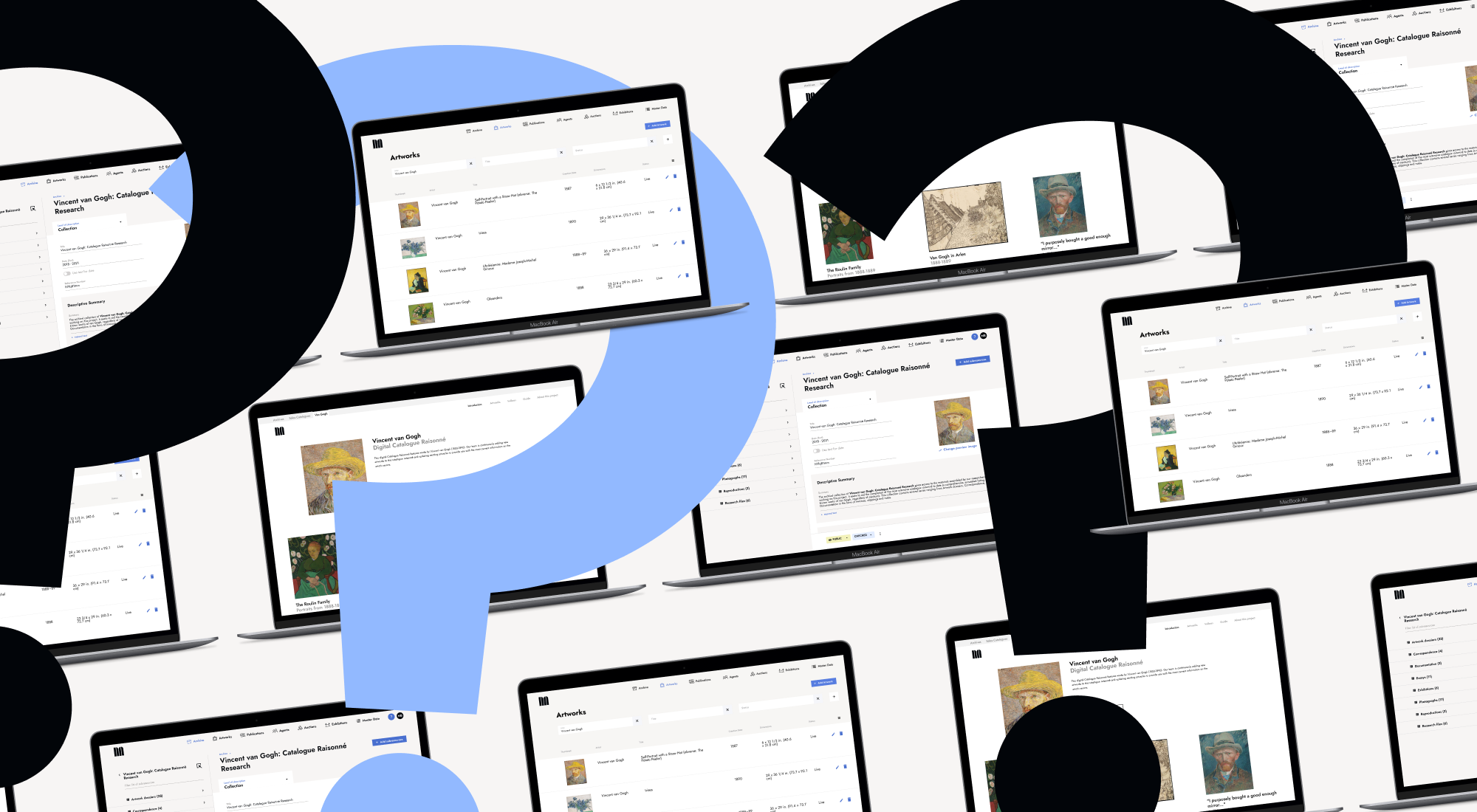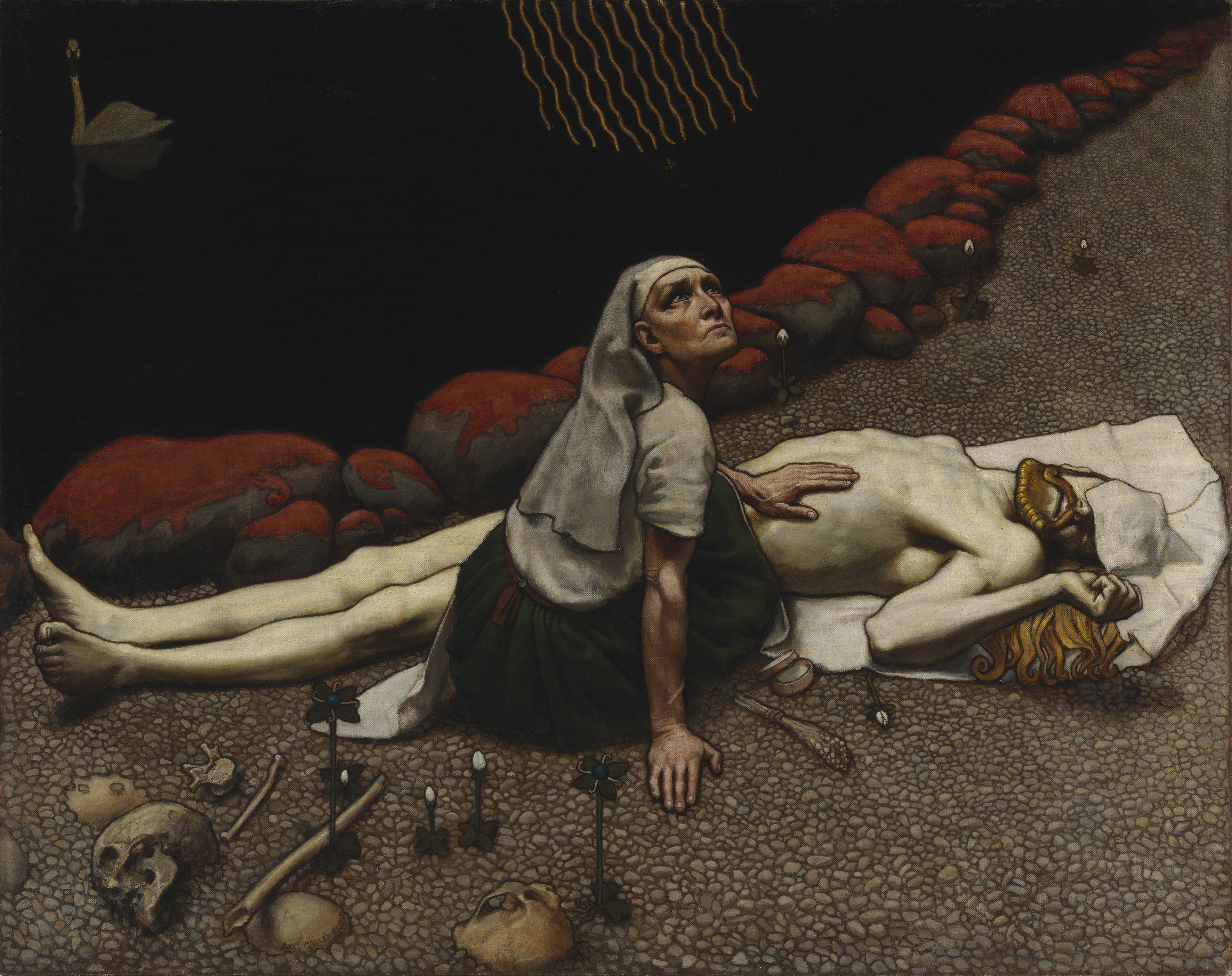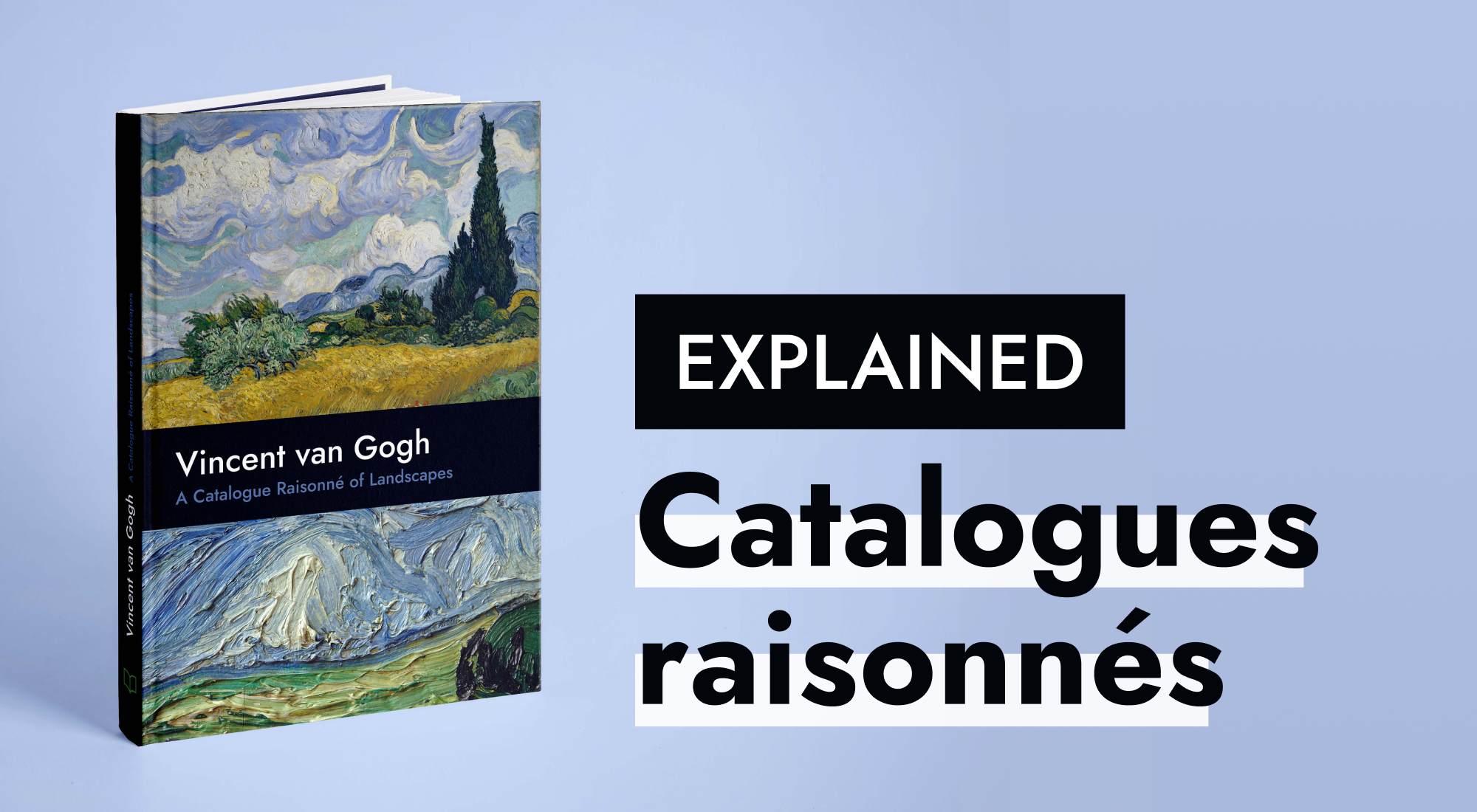Technology in support of scholarship: the revised catalogue raisonné of Claude Monet
New avenues of research into Claude Monet’s oeuvre await researchers in the first installment of Claude Monet: The Revised Catalogue Raisonné from The Wildenstein Plattner Institute (WPI). This project amends and expands Daniel Wildenstein’s complete catalogue raisonné — long considered the definitive guide to the artist’s work — to reflect research completed since its 1991 publication. It also allows users to interact with digitized archival materials and publications associated with the works, offering a deeper experience to researchers and enthusiasts alike. To support this ambitious project, the WPI used the Navigating.art platform, embracing its dynamic publishing capabilities and global reach.
Maintaining the definitive source, enabled by digital tools
Releasing the revised Monet catalogue in a digital format enables the WPI to take a progressive approach to publishing. While the original catalogue was released in five volumes between 1974 and 1991, the WPI is releasing the revision in smaller intervals as research is available. Each section of the catalogue, defined by medium, will be published online as research is completed — this first installment, more than 200 pastels by the artist, comprises about 10% of the entire catalogue. Switching to the digital format solves the persistent problem that the printed details kept becoming outdated — even after the reissue — and ensures that current research is always available in the catalogue.
The committee of art historians and provenance experts working on the complete catalogue revision will continue to update sections even after publication to reflect changed inclusion statuses and include new research. Presenting accurate information about a work’s inclusion status is key to the trustworthiness of any catalogue raisonné. The Navigating.art platform allows for the clear communication of inclusion status. The works included and verified appear in full color, with a checkmark and a “verified” label below. Works that haven’t yet received verification include a note explaining why they aren’t included and information for owners on contacting the committee.
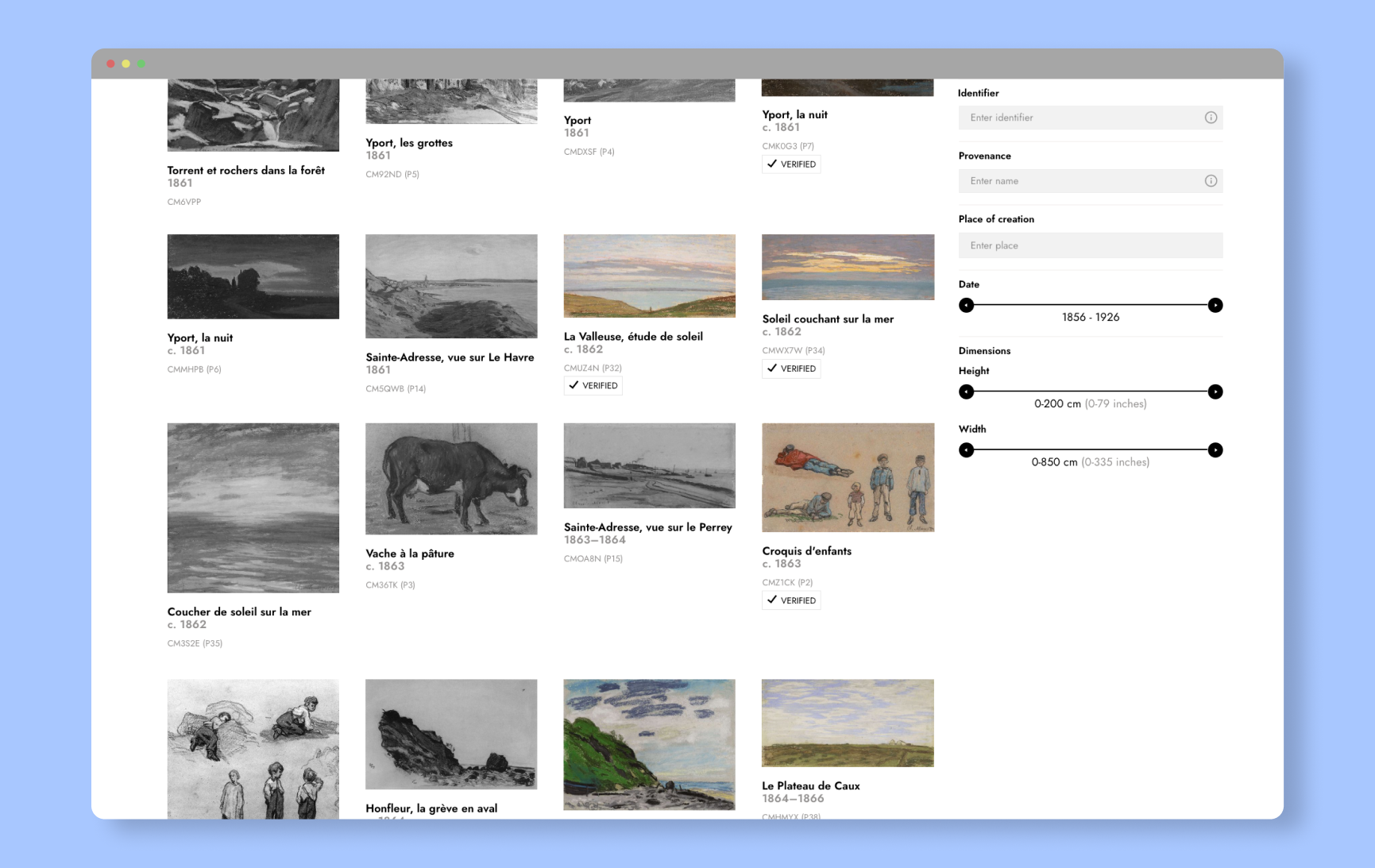
The digital platform removes traditional hurdles in paper publications and eases the WPI’s implementation of its progressive and dynamic approach to releasing vetted research into the Monet catalogue. This enables the WPI to ensure the catalogue remains the definitive resource on Monet’s oeuvre for years.
Opening new avenues of research for scholars: linked evidence and geographic locations
This digital revision allows readers to dive into the archive surrounding the catalogue raisonné. Readers can explore the documents that evince the provenance records, as well as associated archival materials and publications. All of these resources are linked in the online presentation, and following these links allows researchers to better understand the relationship between the artworks and ground them in their specific historic moment.
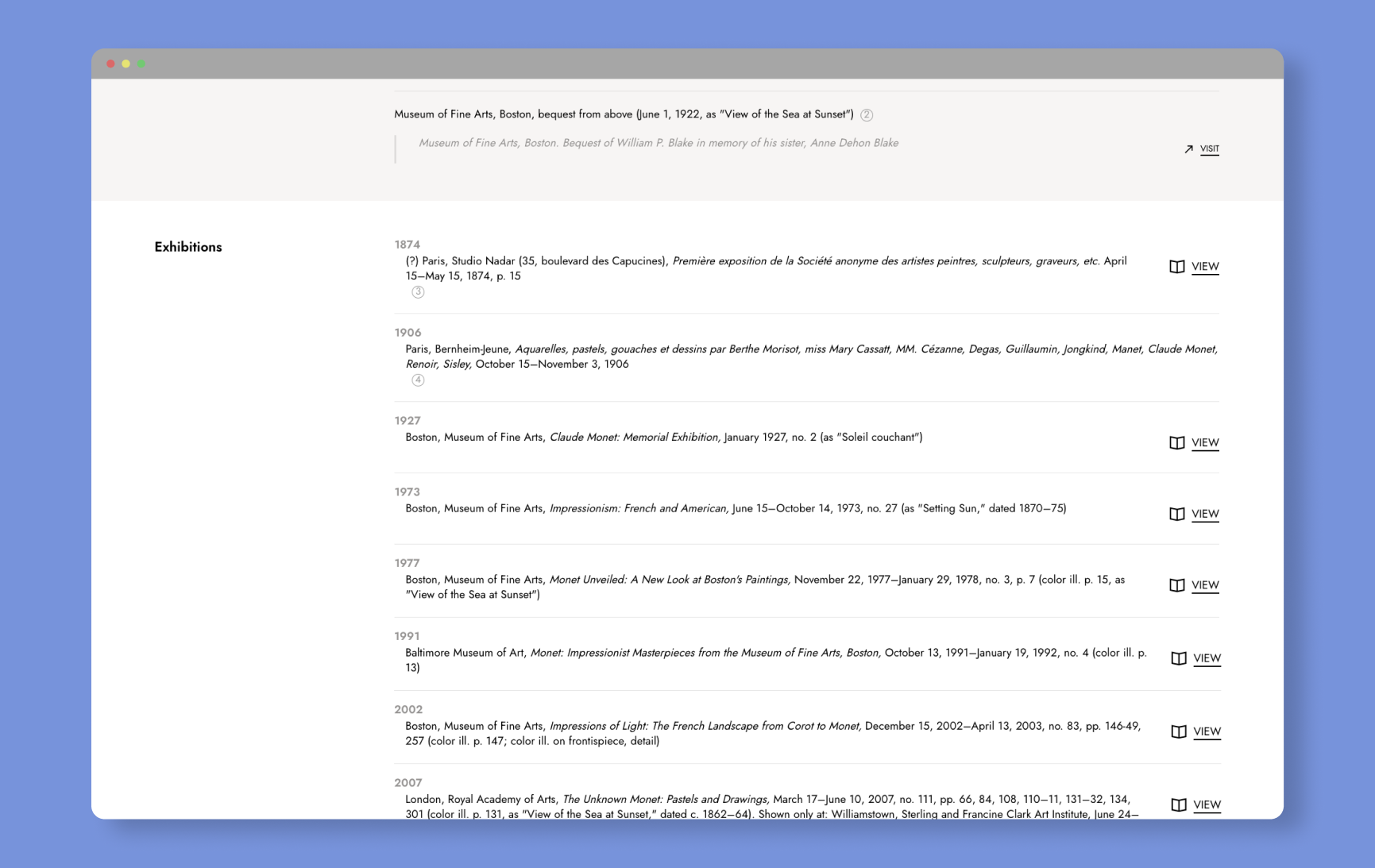
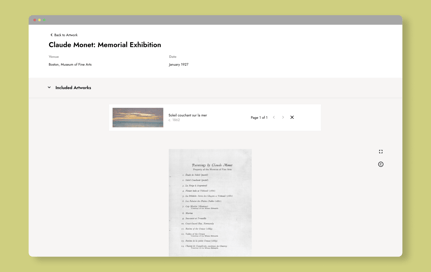
Additional opportunities to better understand the artist and his relationship with space were opened by changes to the Navigating.art platform’s use of geographic locations. “We’ve improved how geographic locations are captured on the platform, which was critical for the Monet catalogue. The artist’s pastels depict so many places in France, and we wanted to enable readers to search by creation place. We ensured the data was recorded and available in a structured format that could be searched and linked across works,” explains Isabel Flores, product manager at Navigating.art.
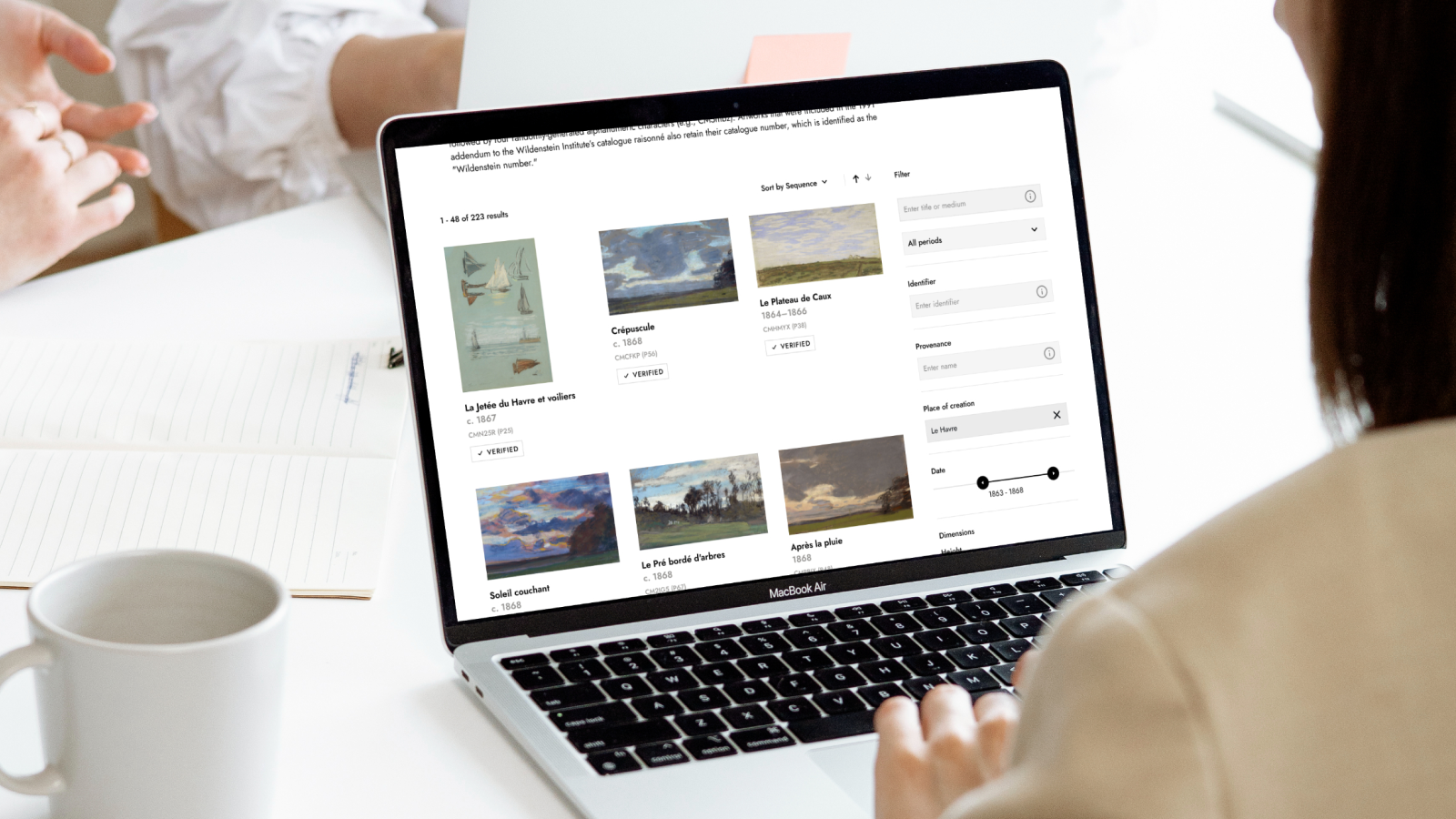
Using geographic data in a structured way eases the data entry process for the WPI and lets readers search work by place. The WPI uses the Getty Thesaurus of Geographic Names (TGN), a structured vocabulary that includes names, descriptions, and other metadata for extant and historical cities, empires, archaeological sites, and physical features important to research of art and architecture. This standard is used across the arts sector, decreasing confusion by unifying the description of locations. Because the standard is used in the preparation of the catalogue, readers benefit from easy findability when searching the catalogue.
Greater accessibility to a beloved artist than ever before
The revised digital catalogue raisonné is available globally to all — at no cost to readers. This openness works at the core of the WPI’s mission to encourage research into its archival holdings and demonstrate the relevance of archival research to the writing of cultural history. But more than this, the WPI chooses digital publications to reach as many readers as possible. Accessibility isn’t only important to professional researchers but also Monet enthusiasts across the globe.
